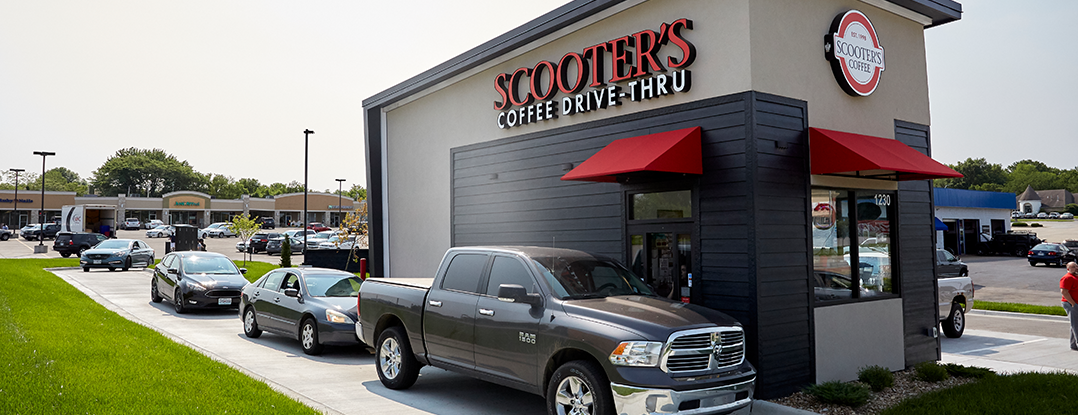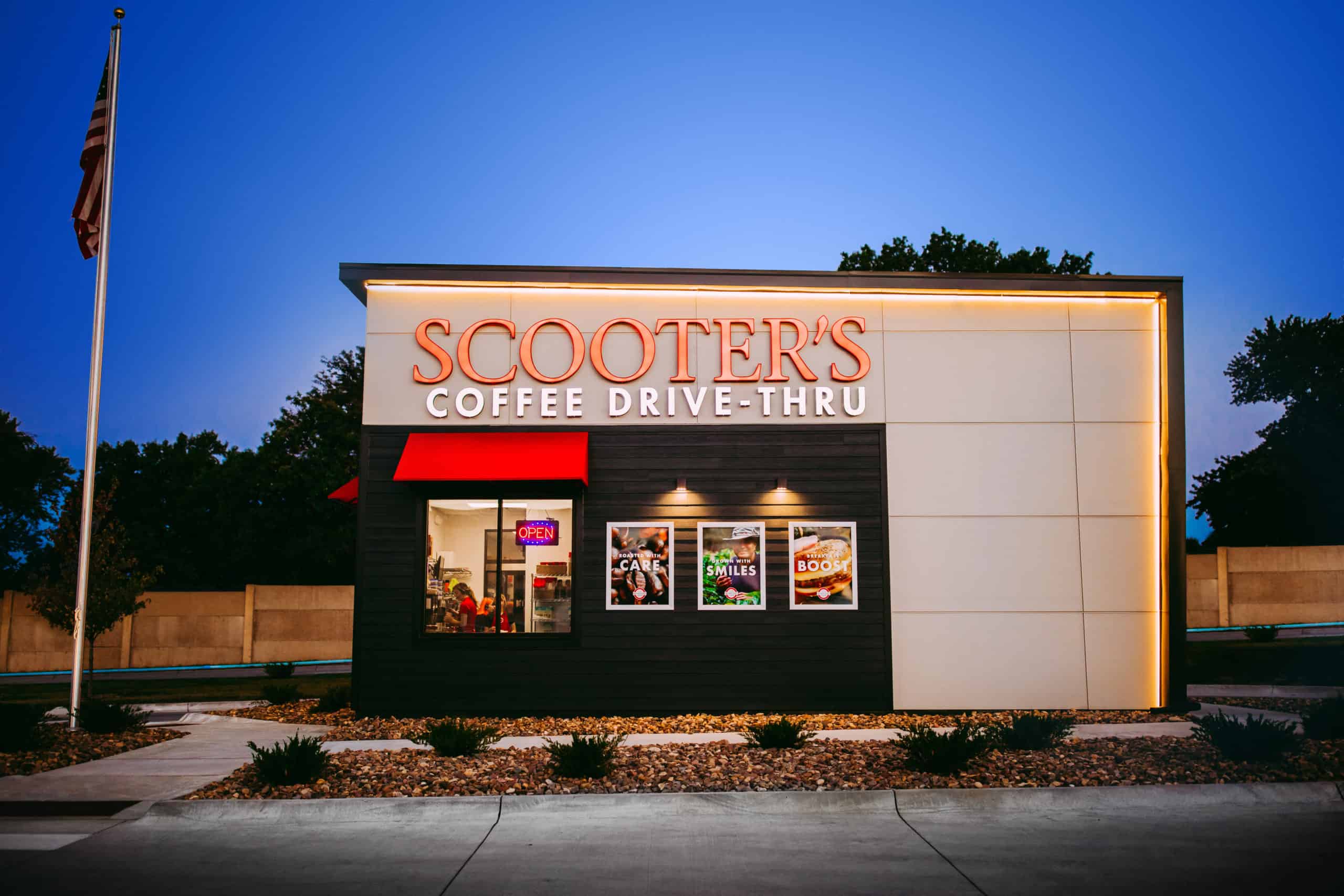

Every community has its staples, and everyone has a routine.
It’s difficult to find a business that fits both of those more than local coffee shops. But while so many coffee shops are essential to those in their communities, it can often prove difficult for them to succeed in the long run.
Studies show that about 60 percent of small businesses, such as coffee shops and cafés, close within their first year. Among other factors, that rate is commonly attributed to a lack of planning. Without knowing the financials to a T, it’s difficult for any small-business owner to remain profitable and sustain any sort of success.
Calculating a clear plan to achieve sustainable coffee shop margins requires even the most experienced business owners to do the dirty work. For the beginners, let’s break down the ways to calculate profit margins, as well as strategies to maintain it for the long haul.
On its face, calculating a profit margin is simple. It’s the amount of money left over from your total revenue after you’ve subtracted all the costs you incurred to run your business.
For example, your equation should look something like this:
But there is, of course, more to the equation.
Projecting your revenues and expenses — and therefore your expected coffee shop margins — requires a heavy amount of research.
Costs can include essentials such as rent, utilities, ingredients, equipment, and employee payroll. Those costs can vary depending on the kind of drinks and food your coffee shop offers or how much staff is necessary.
These expenses can vary widely from location to location. Taxes, rent, and administrative or regulatory fees are all financial considerations to include in your examination of a possible business opportunity.
Determining your likely revenue also requires in-depth market research. How much can you charge for your products? Are there other local coffee shops charging more? Will the popularity of other shops cut into the amount of customer traffic you expect at the start?
Answering these questions first will allow you to get a clearer picture of the margins you can expect.
Of course, there will have to be constant reviews and adjustments once your business opens, and you have some real numbers to digest.
When small businesses fail, it can happen for a number of reasons. One common factor is an inability to control the costs associated with starting a new business, a time when revenues are still far from guaranteed.
Focusing heavily on limited spending is imperative in the early stages. Many businesses end up with higher start-up costs than expected, then resort to overpricing their product or service to compensate. This is why it is so important to create a business plan for a coffee shop.
Just as it’s necessary for projecting your profit margins, doing market research and understanding the fundamental costs for running your business will help avoid overextending. Hopefully, keeping your coffee shop margins high.
All of this is to say that long-term success often takes a measured approach.
While stepping into a new business venture is often an exciting time for prospective business owners, it is always better to operate on research and quantifiable data rather than blind faith in a concept’s viability. The key is to first understand where to focus your research and to add all of those elements into your calculations.
Keeping realistic expectations for your coffee shop’s growth will allow you to build a more reliable model based on sustainable profit margins.